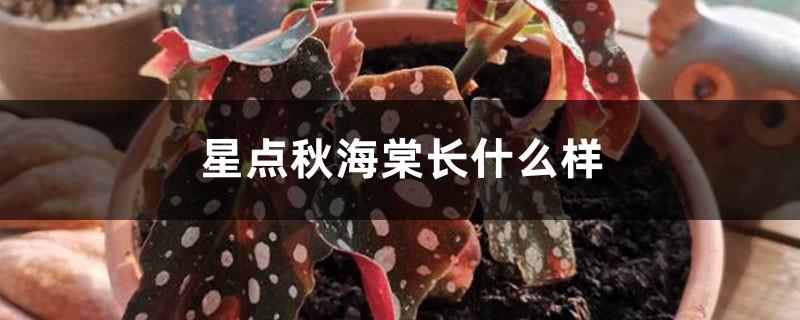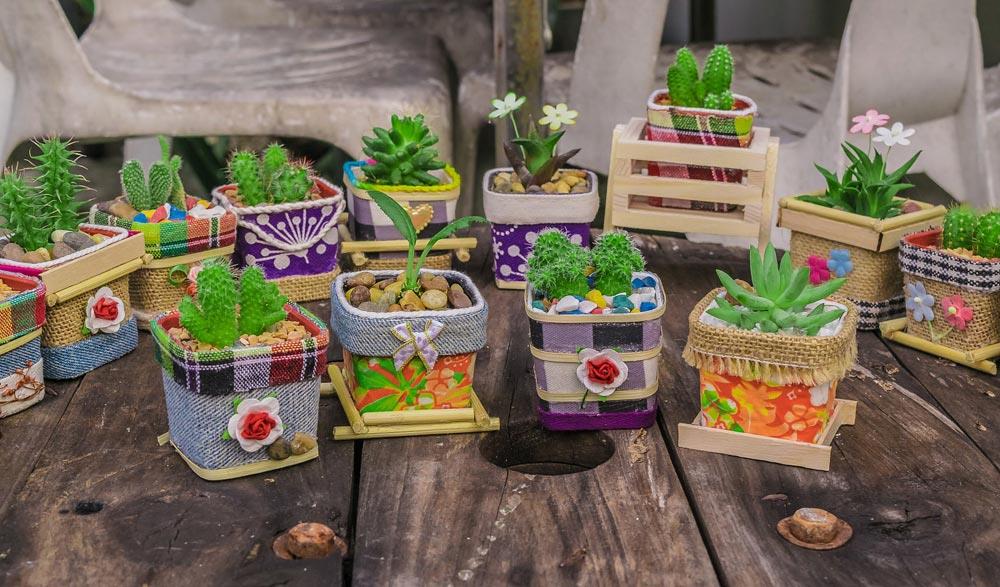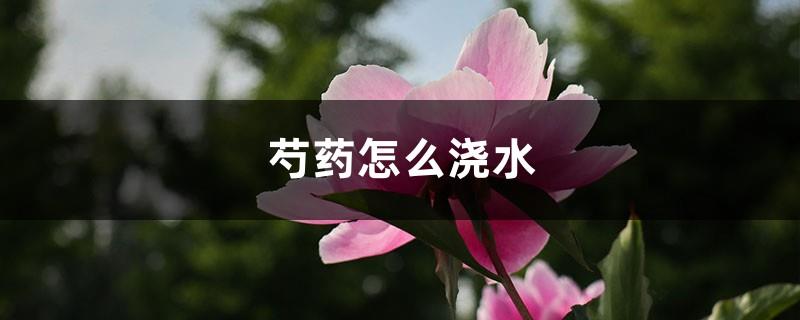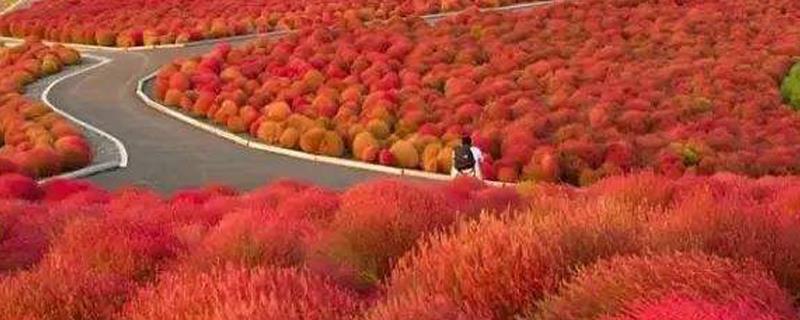What does star-spotted begonia look like?
Last Update :2024.11.10
Article Catalog
Star-spotted begonia, also known as white begonia, is a shrub with thin stems, oval-lanceolate leaves with silver-white spots, and white-green flowers. Cultivation species of the same genus include bamboo begonia. It is a temperate species. It likes scattered light and humid environment. It is not very cold-resistant. It likes looseness and good drainage. Generally, the most suitable temperature is 18-21°C.

What is Star Begonia?
What is Star Begonia
Star Begonia is also known as White Begonia. It is native to Brazil in South America and has been introduced in my country. Star-spotted begonia is a shrub with thin stems and oval-lanceolate leaves with silvery white spots. The flowers are white-green.
Small shrub, many branches. The stems are relatively thin, 60 to 100 centimeters high. The new branches are green, the old branches are purple-brown, and the tips of the branches are drooping. The leaves are oval-lanceolate, with bright green and shiny surfaces and numerous silvery white spots. Flowers white-green.
Common cultivated species of the same genus
Bamboo begonia (B. presiden-carnot): The stem of the whole plant is smooth, and the stem nodes resemble bamboo nodes. The leaves are alternate, oblong and slanted, with green surface and many small spots. The leaf back and petiole are dark red.

Care of Star Begonia
Star-spotted begonia is a temperate species that likes scattered light and humid environment, and is not very cold-tolerant. The soil needs to be loose and well-drained.
The culture soil is a mixture of leaf mold soil, peat soil, and garden soil in equal amounts. The plants should be maintained in a shed under semi-shade or in a brightly lit place. The leaves are tender and prone to ulceration, so you should pay attention to shade after summer and try to avoid direct sunlight that can cause leaf edge burns.
Water frequently during the growing season and keep the pot soil moist. When the room temperature is lower than 15℃ in winter, watering should be strictly controlled or sprayed instead of watering. The optimum temperature for growth is 18-21°C. Too high a temperature can easily cause scorched leaves. During the high temperature season, pay attention to the surrounding air humidity and spray 2 to 3 times a day. During the growth period, you can apply a compound fertilizer rich in phosphorus and potassium once a month, or apply a thin liquid fertilizer once every two weeks.
The overwintering temperature should not be lower than 8℃. If management is poor during the overwintering period, such as when the room temperature is low, the light is poor, and the plant is in a semi-dormant state, watering or fertilizing too much can easily lead to root rot and leaf rot. Generally speaking, in winter, the plants should be placed in a shed where sunlight is visible in the morning and evening. Fertilizer should be stopped and water should be controlled. The leaves can be rinsed with water close to room temperature every other week. Proper pruning is required to maintain beautiful plant posture and good ventilation.
Commonly cultivated species
Care of starry begonias
- END -
How to water peony, these two points are the key!

There are more than 40 varieties of peony, which is only as expensive as the natio...
The difference between Kochia and Kochia

Kochia and Kochia are a kind of plant. Kochia is a fruit and can be used as medici...